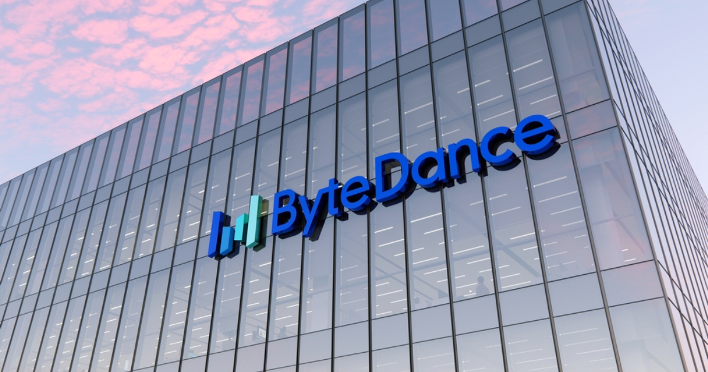During a presentation and a separate panel discussion about investigating criminal activities on blockchain at the recently held CoinGeek Conference in New York, Callahan, who is currently the Director of Government and Strategic Affairs at Blockchain Intelligence Group, describes the importance of tools used in blockchain forensic analytics to detect criminal activities.
“What used to be done in the early days of cryptocurrency investigations by hand, Excel spreadsheets was very time consuming. I love it when I have a law enforcement officer come to me and say, ‘What took me three or four weeks, I did it in two or three minutes with your tool.’ That’s rewarding because that’s more time spending chasing the bad guy who’s taking advantage of your platform,” Callahan said.
Callahan is talking about Qlue, a crucial investigative tool in tracing, tracking and monitoring “cryptocurrency activities across currencies, exchanges and jurisdictions. It also helps to fight terrorist financing, money laundering and cybercrime. Importantly, it helps you locate assets that have been dissipated.”
The former DEA special agent explains that teens nowadays are tech-savvy and can easily gain access to cryptocurrencies, allowing them to buy drugs in the dark web. But these drugs are deadly because they are actually counterfeit pills that contain a large dose of fentanyl.
A great number of these deaths could have been prevented if virtual asset providers have tools in place that help them detect criminal activities. Pinpointing where the money is sent from or where it went effectively traces these criminals that can lead to their capture. And knowing how to use the data on a public blockchain is crucial to this.
“Our intelligence, our open-source team is scraping away at the dark web, scraping away at the Internet, looking at public records for illicit transactions, for illicit hashes and putting it into the system so that you can quickly identify and realize, ‘Oh, maybe this is a gamer here that signed up as a gamer or signed up for the Metaverse, but is in contact with a terrorist organization,’” Callahan explained.
https://www.youtube.com/watch?v=wGw6rBv7nlc
The world of cryptocurrencies is flooded with crime because most crimes are rooted in money or are driven by money. Other examples are ransomware, Bitcoin ATMs, money laundering, and even romance schemes. Hence, governments starting to regulate virtual asset providers is justified and also imminent.
“What they do is they kind of just split [the money] out a few more times until they can either park it safely somewhere, put it into a cold wallet, maybe take it off-chain or cash out. And that’s the beauty of the tool we provide. Hopefully, we find those on-and-off ramps, and then we can get law enforcement there, and get them to seize that money and at times, recoup money for victims,” Callahan revealed.
Ignorance does not excuse anyone from the law, and it is not enough to say that one does not know this particular transaction can be traced directly to someone who sold a counterfeit pill, for instance, that caused an overdose death. That virtual asset provider may be held complicit to the crime if drug money was coursed through them.
And this is why it is imperative for entities within the digital currency industry, such as exchanges, wallets, blockchains and other service providers, to become vigilant in being regulation compliant and preventing criminal activities. In fact, it is their legal duty to do so.
Watch the different CoinGeek Conference panel discussions and presentations here.
Check also;
This is not a Paywall, but Newslex Point's journalism consumes a lot of time, hard-work and money. That's why we're kindly requesting you to support us in anyway they can, for as little as $1 or more, you can support us .Please use the button below to contribute to Newslex Point, Inc. using a credit card or via PayPal.

 Newslex Point News in Uganda, Uganda news
Newslex Point News in Uganda, Uganda news












